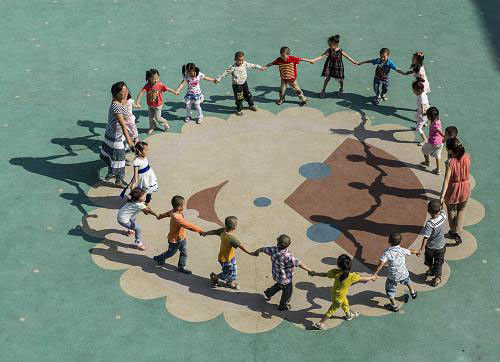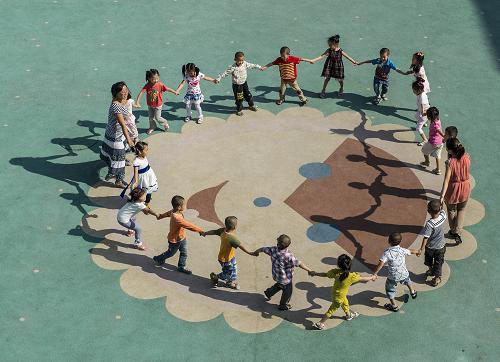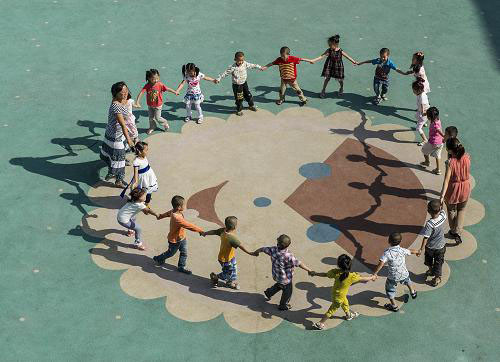Product Description
Video conferencing system, also known as video teleconferencing system, refers to two or more individuals or groups in different places, through transmission lines and multimedia equipment, to transmit audio, video and document data to each other to achieve instant and interactive communication, System equipment for meeting purposes.
The history of the video conference system can be traced back to the early 1960s. At that time, the analog signal video conference system was used, and the analog signal was used to transmit images and voice respectively. The equipment was expensive and the scope of application was limited. Most of them were used in special industries and important government departments. In the mid-1980s, with the development of communication technology, coding and information compression technology, the video conference system also continued to develop. In the 1990s, the video conferencing system has been gradually improved. The system is generally connected by ISDN to connect each node to realize real-time communication of voice and video, effectively solving the inconvenience caused by geographical distribution. With the continuous development of network technology, the technology of video conferencing network equipment has also continued to improve. The original transmission method of PSTV and video using ISDN (H.320) has been adopted by H.320 based on the TCP/IP protocol network transmission technology scheme. 323 standard replaced.
H. 323 by H. The 320 standard was developed and applied to a series of standards for multimedia communication on packet-switched networks. In recent years, with the rapid development of the local area network, the wide area network bandwidth has been continuously expanded, and Internet applications have been rapidly popularized. The 323 standard has also been continuously improved. The H.323 standard video conference system based on TCP/IP technology will provide users with seamless integration of voice, video and data, and can provide a smoother picture and clearer voice and multimedia dual-stream display functions. In recent years, with the continuous reduction of product prices, more and more units have introduced video conferencing systems, and the market for video conferencing products is also growing.
With the development of network technology, a new protocol standard, SIP (Session Initiation Protocol, Session Initiation Protocol), has emerged. SIP is a signaling protocol proposed by IETF (Inteme Engineering Task Force). SIP and H. 323 was originally designed as an application layer control (signaling) protocol for multimedia communication. H. The 323 protocol was launched earlier, and the protocol developed relatively maturely. However, due to the defects in design, it cannot well adapt to the development of the network in the future, especially in terms of QoS, expansibility, and convenience. While SIP draws on the design ideas of other Internet standards and protocols, it has its outstanding advantages and is more suitable as a new generation of value-added service platform. Although the technology of SIP is not yet mature, and it is more expensive to use SIP as a terminal, SIP will definitely replace H.323. This is only a matter of time, because H.323 will be replaced by SIP. The 323's architecture is not well suited for future networks. Moreover, the SIP protocol is in a process of continuous expansion and improvement, which contains many opportunities for technological innovation.
The video conference system can be basically divided into two categories in terms of equipment, one is a hardware video conference system, and the other is a software video conference system. The software video conference system is a video communication method based on PC architecture, which is characterized by low cost, good openness and convenient software integration. However, there are still many shortcomings in terms of stability, reliability and security, and the video quality cannot exceed the hard-to-video system, which does not meet the high-standard office needs of government departments. The hardware video conference system is a video communication method based on an embedded architecture. It relies on DSP+embedded software to realize video and audio processing, network communication and various conference functions. The system structure adopts the method of multi-point control unit (MCU) + terminal. This conference system is based on special hardware facilities, video and audio codec solutions and technical transmission means, which can realize multiple functions such as multi-party conversation, split-screen display, data sharing, and multi-point conference. The quality of the conference picture can reach up to 108013 high-definition standard, with high scalability, stability and security. At present, many government departments use the H. 323 architecture hardware video conference system.


 Your message must be between 20-3,000 characters!
Your message must be between 20-3,000 characters! Please check your E-mail!
Please check your E-mail!  Your message must be between 20-3,000 characters!
Your message must be between 20-3,000 characters! Please check your E-mail!
Please check your E-mail! 





